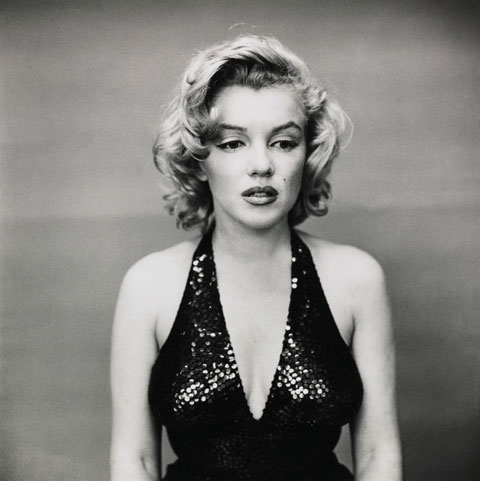By the time they are auctioned off at Sotheby’s, the collection will have been held by the current owners for nearly 20 years and has an expectancy to raise between $5 and $7.5 million.
So you think you’re an art buff. You can spot a Picasso from a mile away, can offer hours of explanations on works by Damien Hirst, and think Fountain by Marcel Duchamp is an absolute masterpiece. But although some pieces require lengthy explanations in order to enjoy them to their fullest, Jill Quasha sees things differently.
On April 7, 2008, the Quillan Collection, assembled by Quasha, will make its debut. And this collection, unlike many other art groupings these days, was created solely for its aesthetic value. Jill Quasha is a private photography dealer who specializes in building both public and private collections and wanted “to assemble roughly seventy pictures-each by a different photographer and each selected only for its aesthetic qualities-that would represent photography’s achievements from its beginnings in 1839 to the near present.” Her plan was that there was to be no plan, no outline of history, and no political stance or dogma behind the collection. But more importantly, no aesthetic theory.
“We [left] classifications of style, eras, artistic movements, and genres-landscapes, portraits, and still lifes-to those who deal best with such things,” says Quasha. Assembled on behalf of investment group Quillan Company, the collection of 69 photographs ranges in date from 1839 to 1985. The collection’s goal is to define the essence of photography, using examples from all of the medium’s decades in a way that has not been done before.
The traditional approach of most photographic collections is to put something together for either philosophical or historical reasons, or for reasons of sentiment or donation. Instead, the Quillan Collection stands apart as a collection that includes a beautiful array of images by both well-known and lesser-known photographers. The compilation is comprised of almost no work that can be classified as a respective photographer’s “icon.” Rather, the photographs are more subtle and include elegant objects chosen almost solely for their visual intrigue, beauty, and imagination as well as their relationship to one another and the collection as a whole, instead of a collection of art that must be continually explained and defined.
Quasha feels that each chosen photograph is a masterpiece in its own way and outstanding in both its quality and in its condition. As sequenced in the book The Quillan Collection Book of Nineteenth and Twentieth Century Photographs, a compilation of the 69 photographs published in 1991, the photographs take on new meanings and associations. The resulting assemblage is what Quasha has called “a comment-spontaneous, rapid, fluid, and supple-on photography and its past.”
By the time they are auctioned off at Sotheby’s, the collection will have been held by the current owners for nearly 20 years and has an expectancy to raise between $5 and $7.5 million. The works were exhibited at Sotheby’s Paris November 14-18 before traveling to San Francisco and Los Angeles, spring 2008. The collection will be on view in New York from April 2-7.
Some highlights of the collection include Paul Strand’s Rebecca, 1923; Hans Bellmer’s La Poupée (The Doll), circa 1935; William Henry Fox Talbot’s Study of a Leaf, circa 1839; Imogen Cunningham’s Banana Leaves, before 1929; Richard Avedon’s Portrait of Marilyn Monroe, 1957; and Diane Arbus’ Flower Girl at a Wedding, 1964.
The collection also features a number of very rare images including the only vintage Schadograph, a unique camera-less image made by Christian Schad in 1919, and an elegant photogram by Laszlo Moholy-Nagy made in the early 1920s. Other classic 20th-century modernists in the Quillan Collection include Man Ray, André Kertész, August Sander, Tina Modotti, and Bill Brandt, while 19th-century European photographers are represented by Gustave Le Gray, Sète, Louis de Clercq, Roger Fenton, Lewis Carroll, and Juliet Margaret Cameron.
Denise Bethel, director of Sotheby’s Photographs department, suggests that “for the inner circle of photography collectors, dealers, and institutions, the Quillan Collection is legendary. Collecting with the eye, rather than precept, Quasha is part of a tradition of collectors such as the esteemed late Sam Wagstaff, or Pierre Apraxine of the Gilman Paper Company. Unlike the collections assembled by those and others, however, which number in the hundreds or thousands of photographs, the Quillan Collection comprises only a select number of images, and stands as a highly concentrated tour-de-force of the elusive meaning and brilliance of photography.”
So if it’s pure, strikingly beautiful art that you’re after, the Quillian Collection is your best bet. And when guests come over to admire your latest purchases, you won’t have to explain a thing.





















